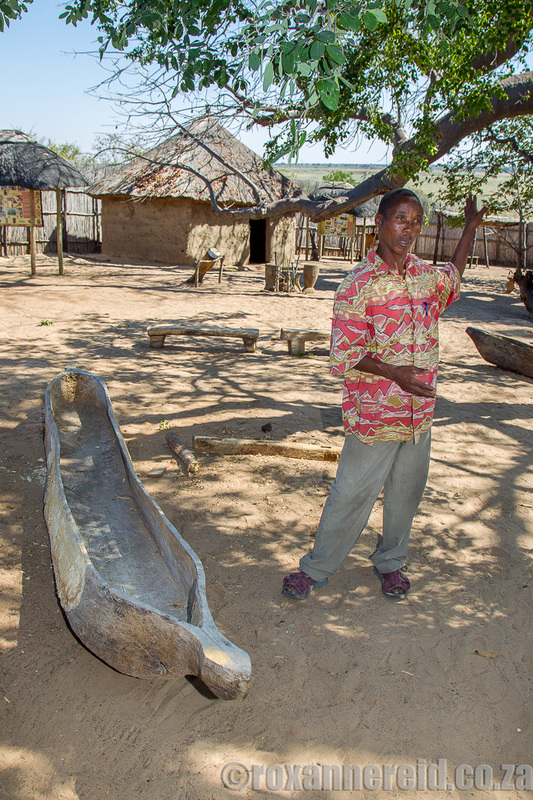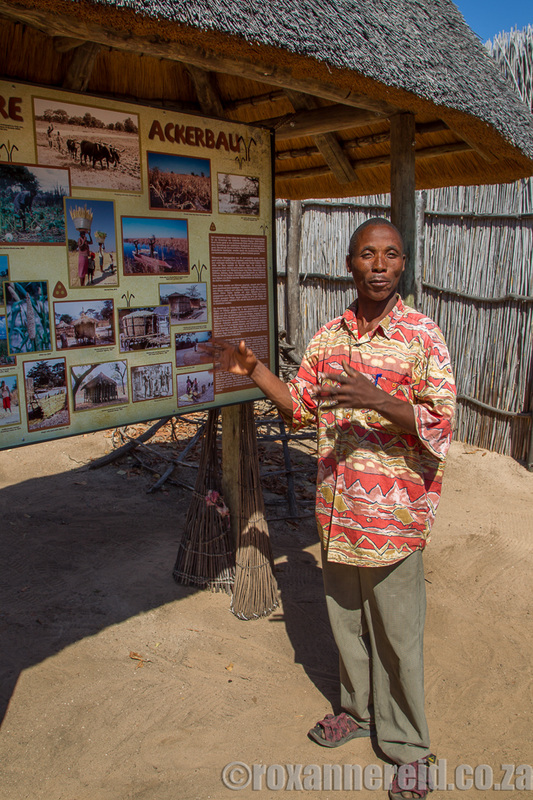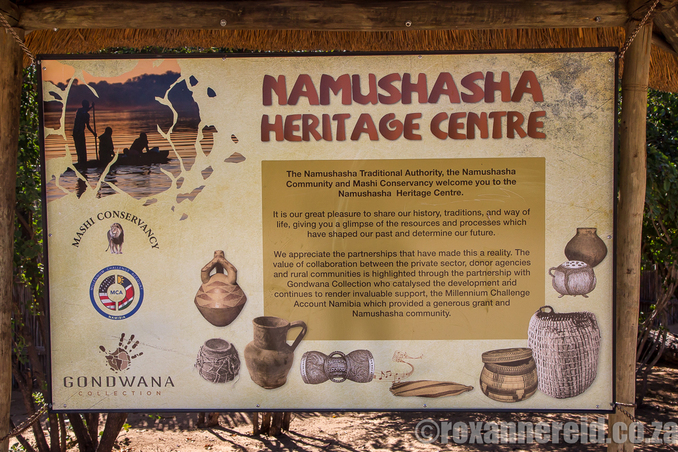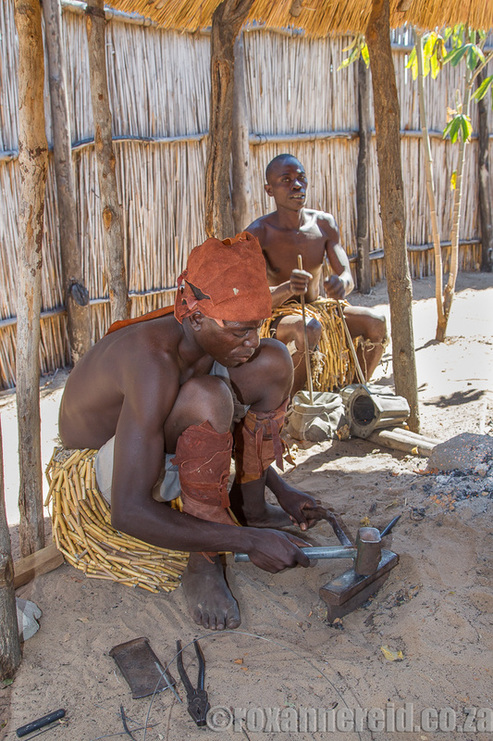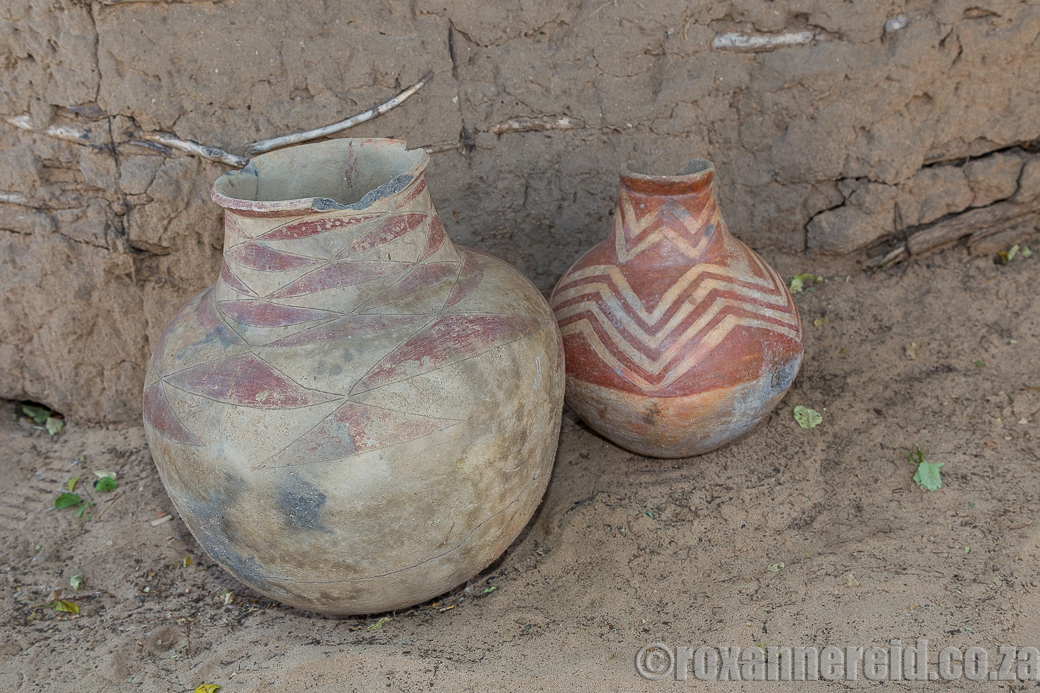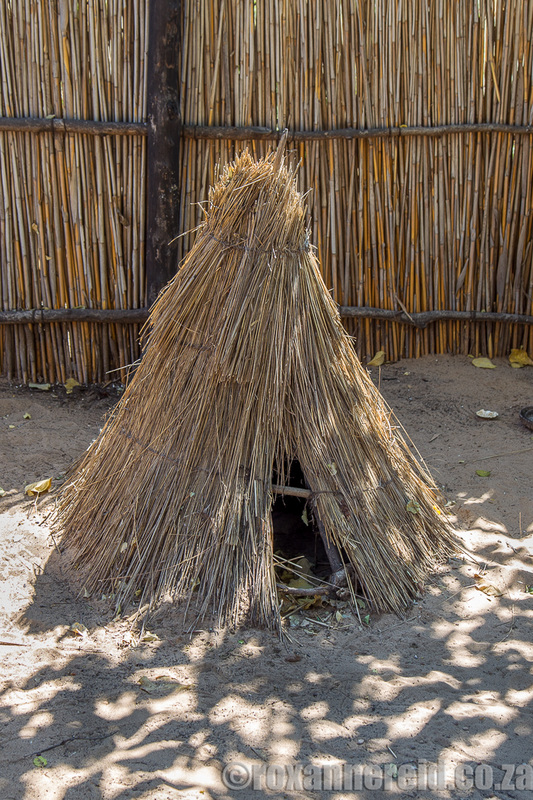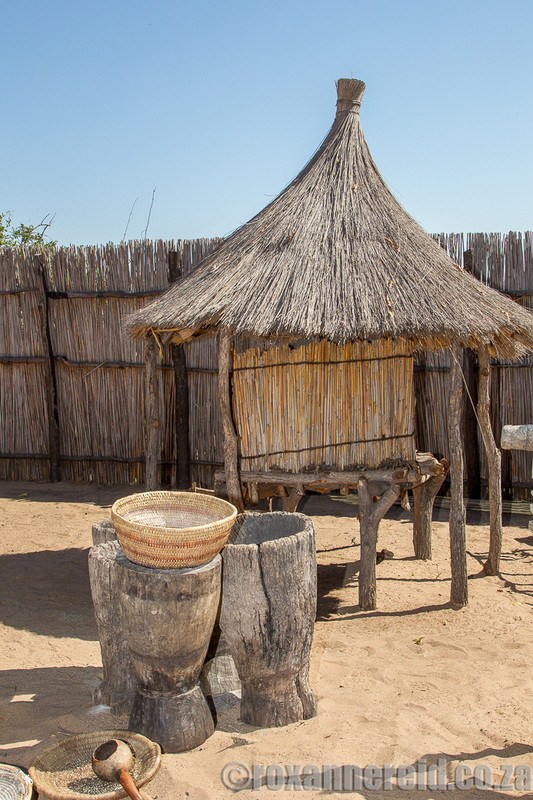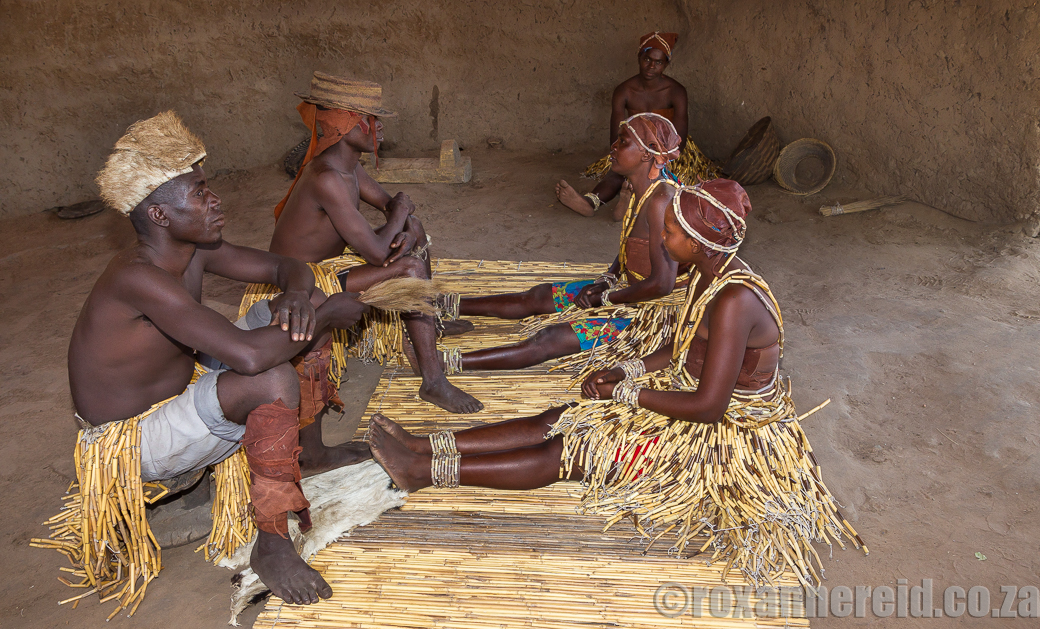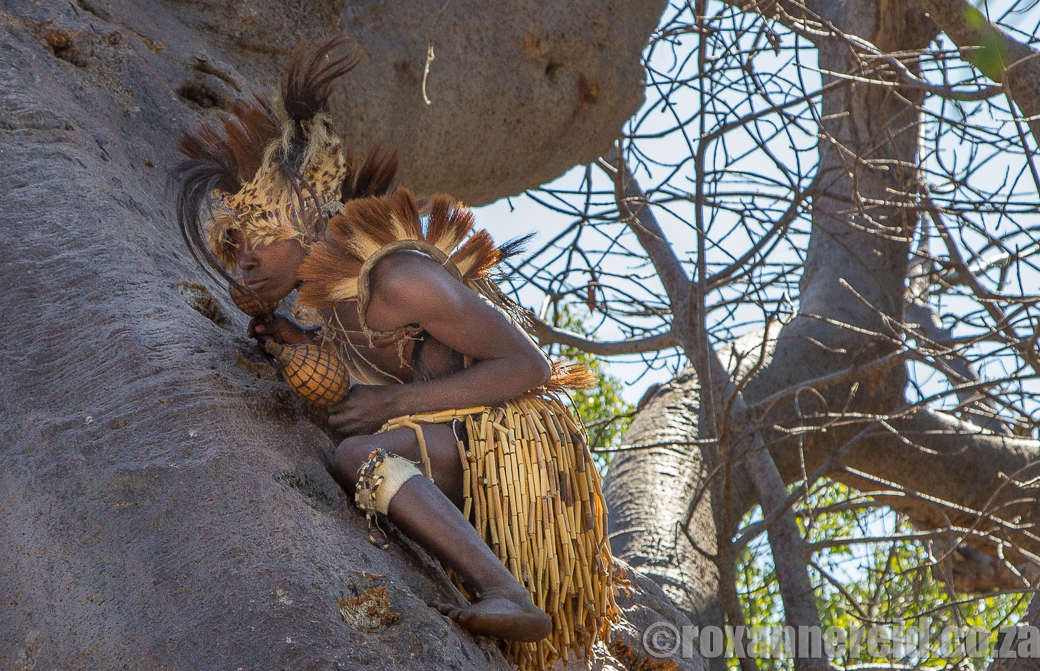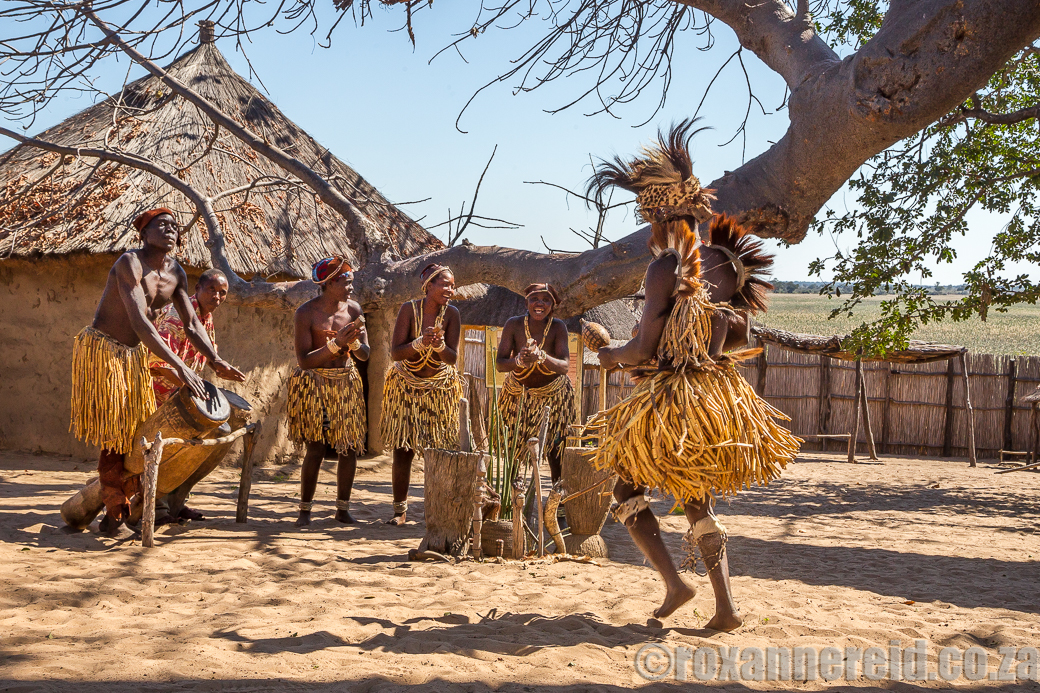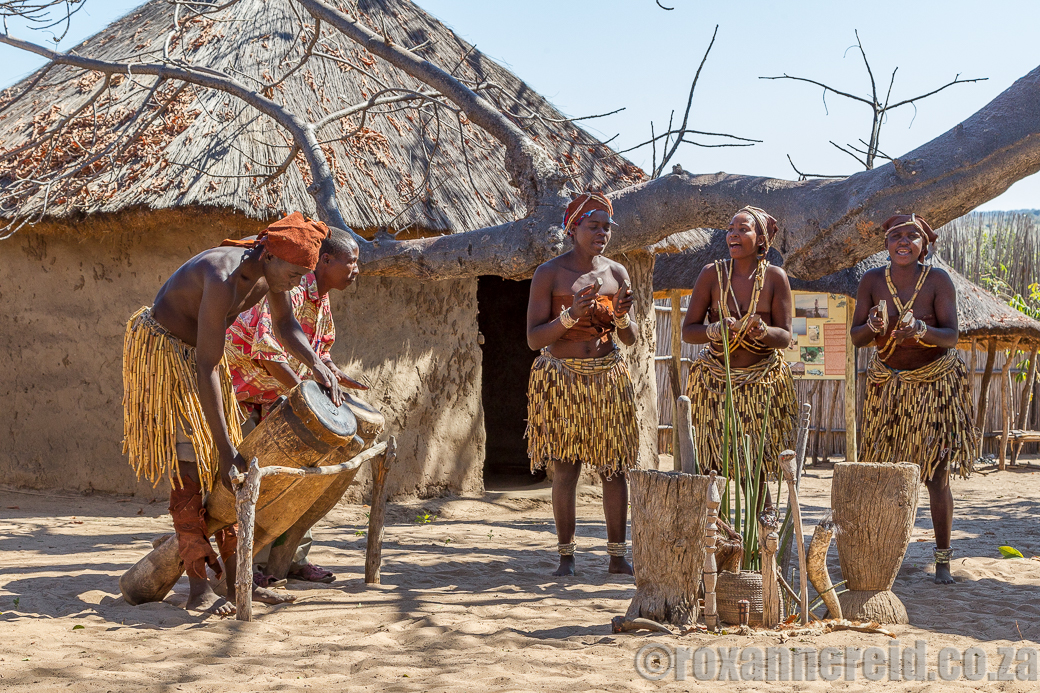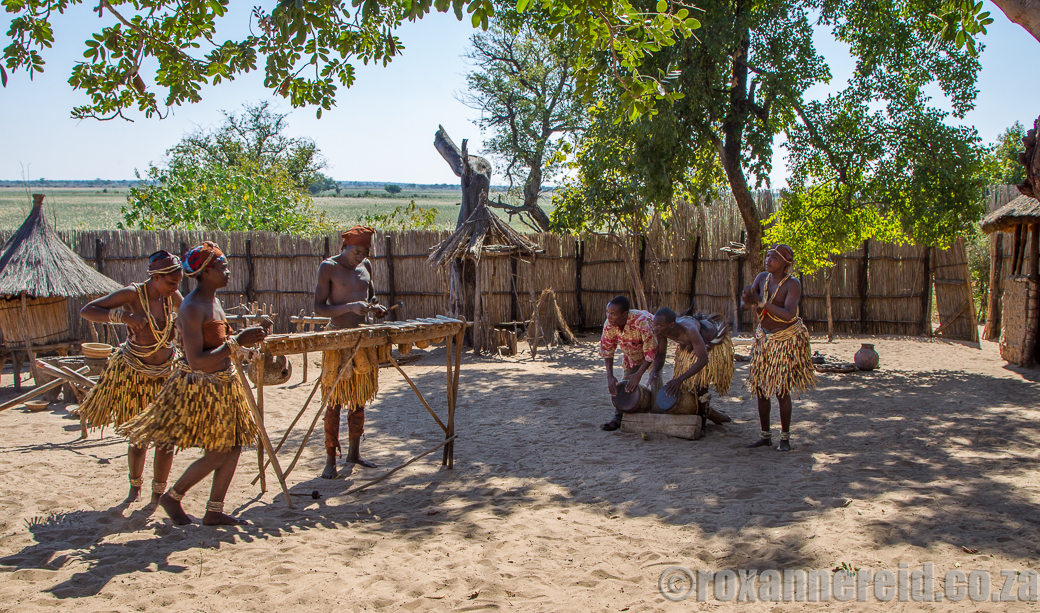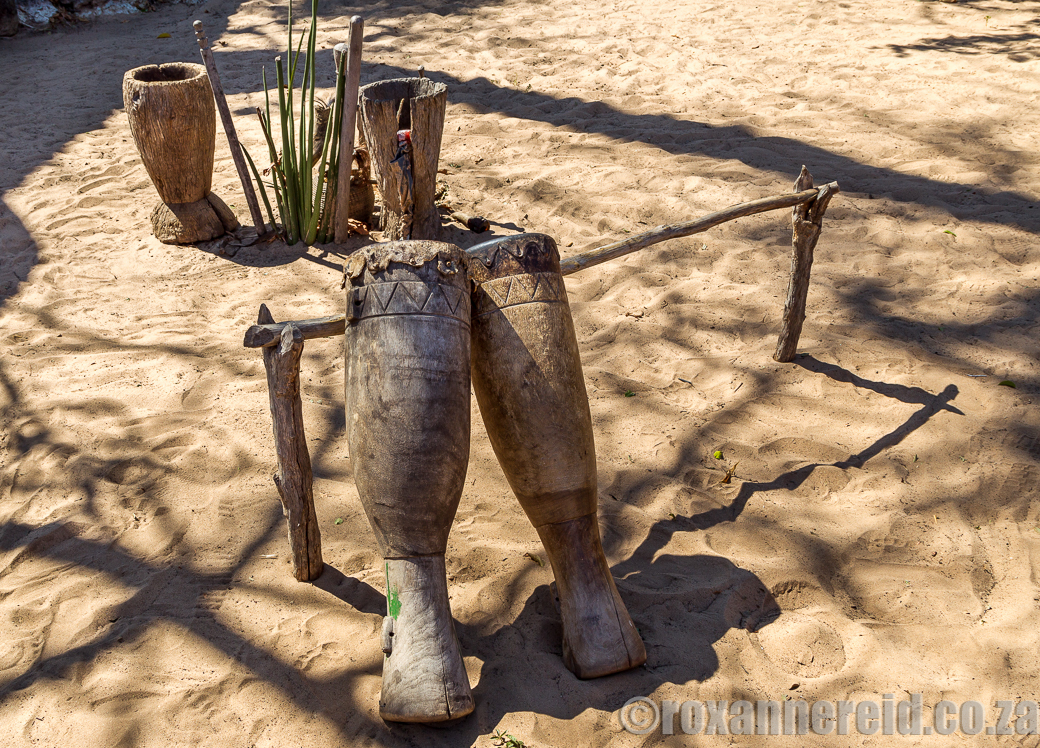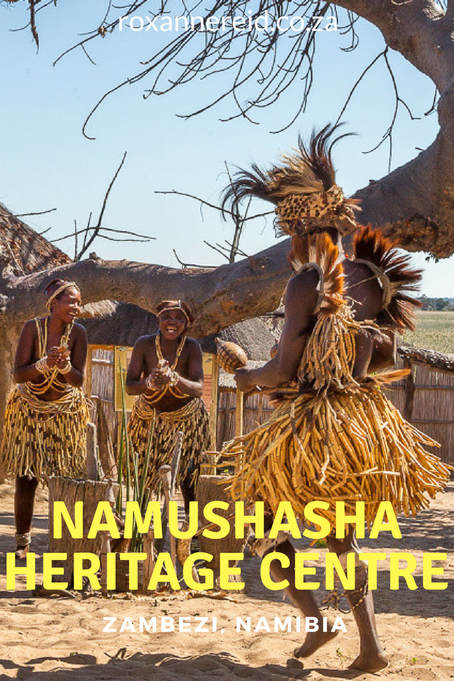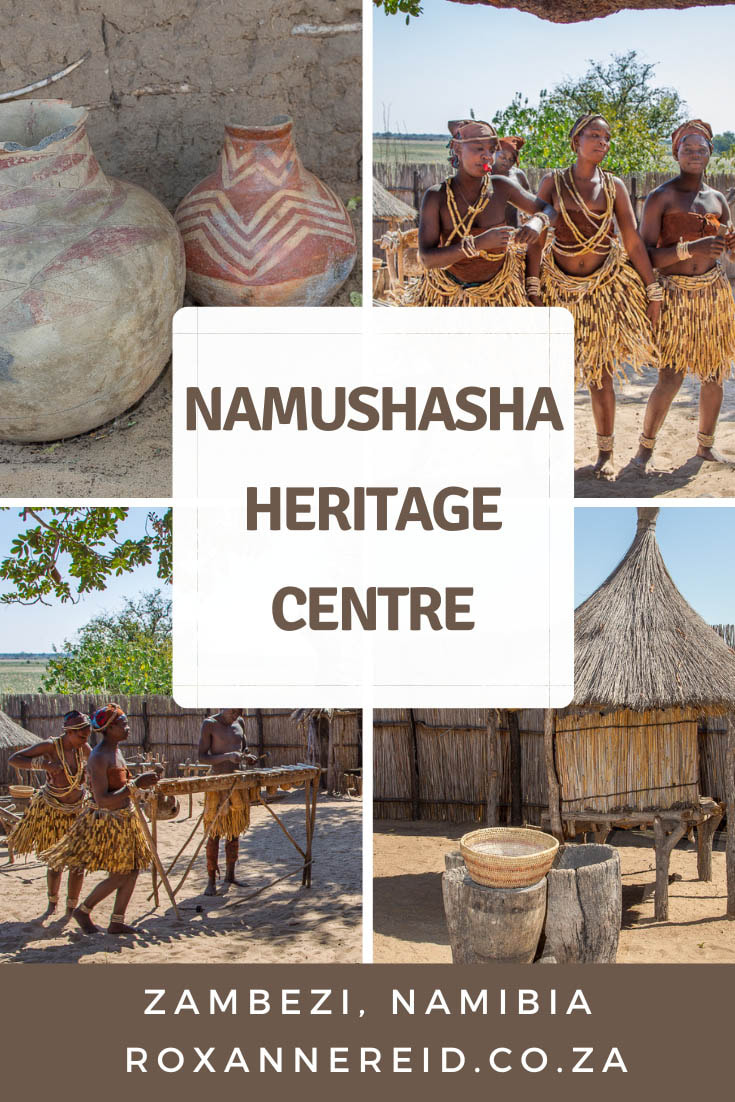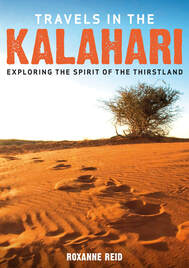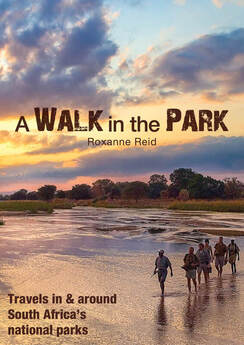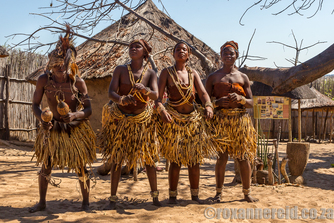
The Namushasha Heritage Centre in Namibia’s Zambezi (formerly Caprivi) was opened in 2014 to showcase the history and traditions of some of the people of the region. To get there, we walked along a riverside trail from the Namushasha River Lodge but you could just as easily make a stop on your way to or from Kongola.
They’re usually carved from a single trunk of mulombe (kiaat) or musheshe (wild syringa) and it takes a man about three to four weeks of hard work to produce one. He explained that kiaat was popular because it was unsinkable but was so caught up in his patter that he skipped over my question about what it was that made it so unsinkable. He also showed us a mikolo made of very heavy Zambezi teak.
The locals also plant crops such as millet, beans, ground nuts, maize, sorghum and pumpkins.
Skills and crafts
Every man is expected to learn the skill of wood carving, using marula, bloodwood and other wood to make items like stools, wooden pots and dishes. They also make sleighs to use for transport – items that weren’t originally used in Eastern Zambezi but introduced after missionaries and traders brought ox wagons to the area in the 19th century.
Basketry is left to the women, who use the fan palm, grasses and reeds as raw materials. They most use a coiled technique and usually decorate them with coloured patterns. They boil the leaves or roots of trees to get black, brown and reddish or yellow-brown dyes.
Boniface explained that a chief is born, not chosen, so only the sons or brothers of the former chief are eligible. He has the power to veto any decisions made by the khuta, or chief’s council. We watched an enactment of how the khuta works, much like a magistrate’s court.
The man playing ‘medicine man’ the day we visited was a real medicine man still in training, learning about the plants and processes he needed to serve his people. He wore a skirt (mashamba) of reeds and bark strings and climbed up the giant baobab with the agility of a squirrel.
For me the best part of our visit was at the end, with singing and dancing to the beat of drums and the melodies of the wooden marimba. The reed skirts of the dancers became musical instruments themselves, rattling more loudly the faster the wearers danced, forming patterns as their hips swayed. The dancers seemed to enjoy themselves, their faces coming to life as they danced, whereas before they’d seemed demure and rather shy.
I know some people are conflicted about heritage centres, feeling that they’re not always authentic. For me, though, they serve a dual purpose. First, they give travellers a chance to learn about a different culture – something that isn’t always easy to achieve unless you know one of the locals who will invite you to their home.
Second, and perhaps more importantly, in a time when many traditions are being lost as the younger generation embraces 21st century Western ways, heritage centres help to preserve some of the older traditions that might otherwise be lost, they reinforce cultural dignity and they provide an income for the local community.
- The Namushasha Heritage Centre is about 20km south of Kongola on the C49. Take the turnoff from the B8 to Namushasha River Lodge and you’ll pass the centre on your right-hand side a few kilometres before you get to the lodge.
- The centre is open from 8:00 till 16:30 and a tour takes about 90 minutes. There’s a small shop where you can buy local crafts.
- If you’re camping, you’ll love Namushasha’s campsite with its river views, green grass and private ablutions that are super-clean. The sites along the riverfront are superb for tents and trailers, though you’d have to choose carefully for a caravan because of access to the terraced sites, some of which aren’t flat. Campers are welcome to use the swimming pool at the lodge.
Like it? Pin this image!
River highlights of northeastern Namibia
Camping paradise at Kwando Camp
Cruising down the Kwando River in northeastern Namibia
Game drive in Bwabwata National Park, Namibia
Copyright © Roxanne Reid - No words or photographs on this site may be used without permission from roxannereid.co.za
